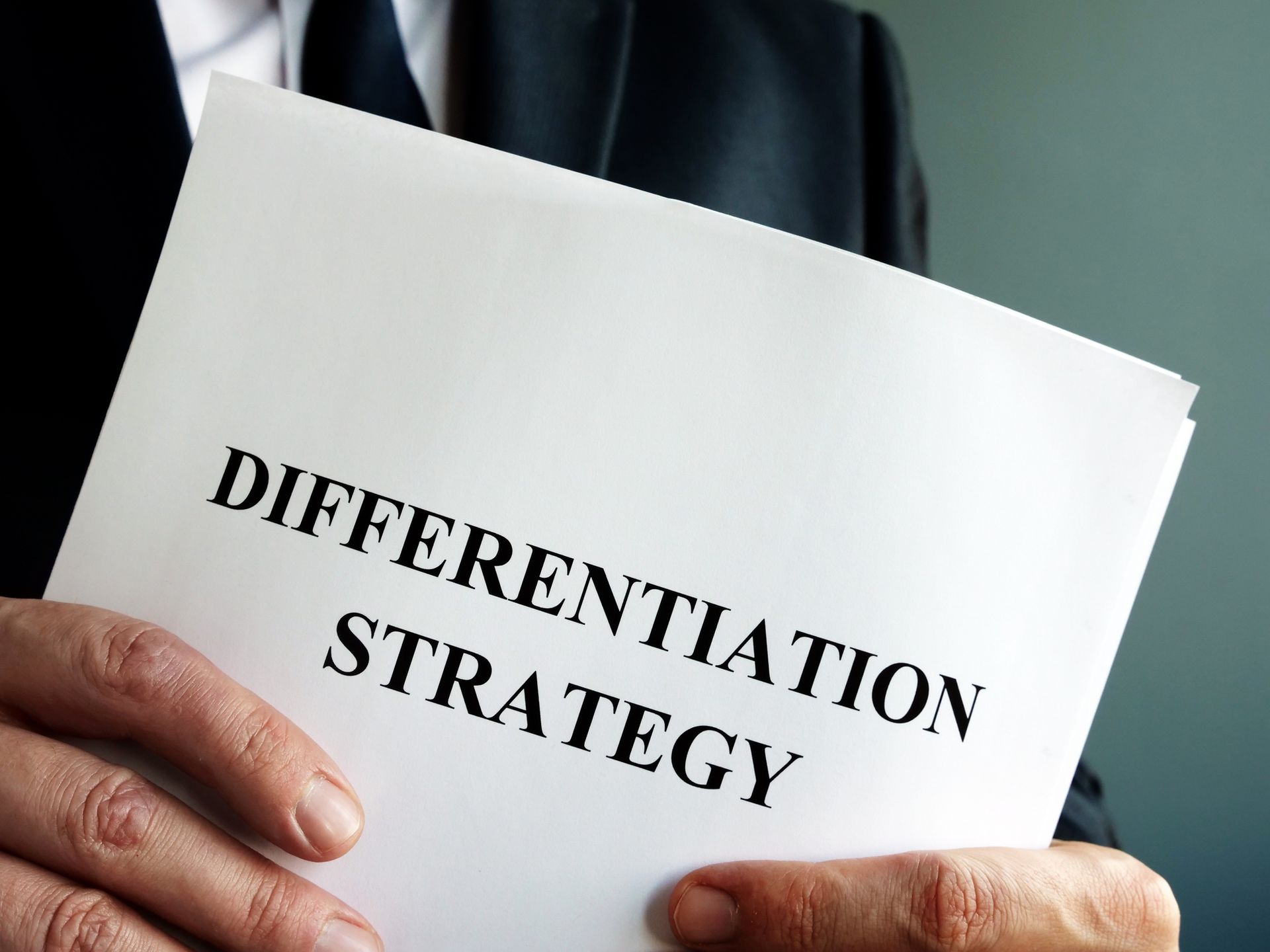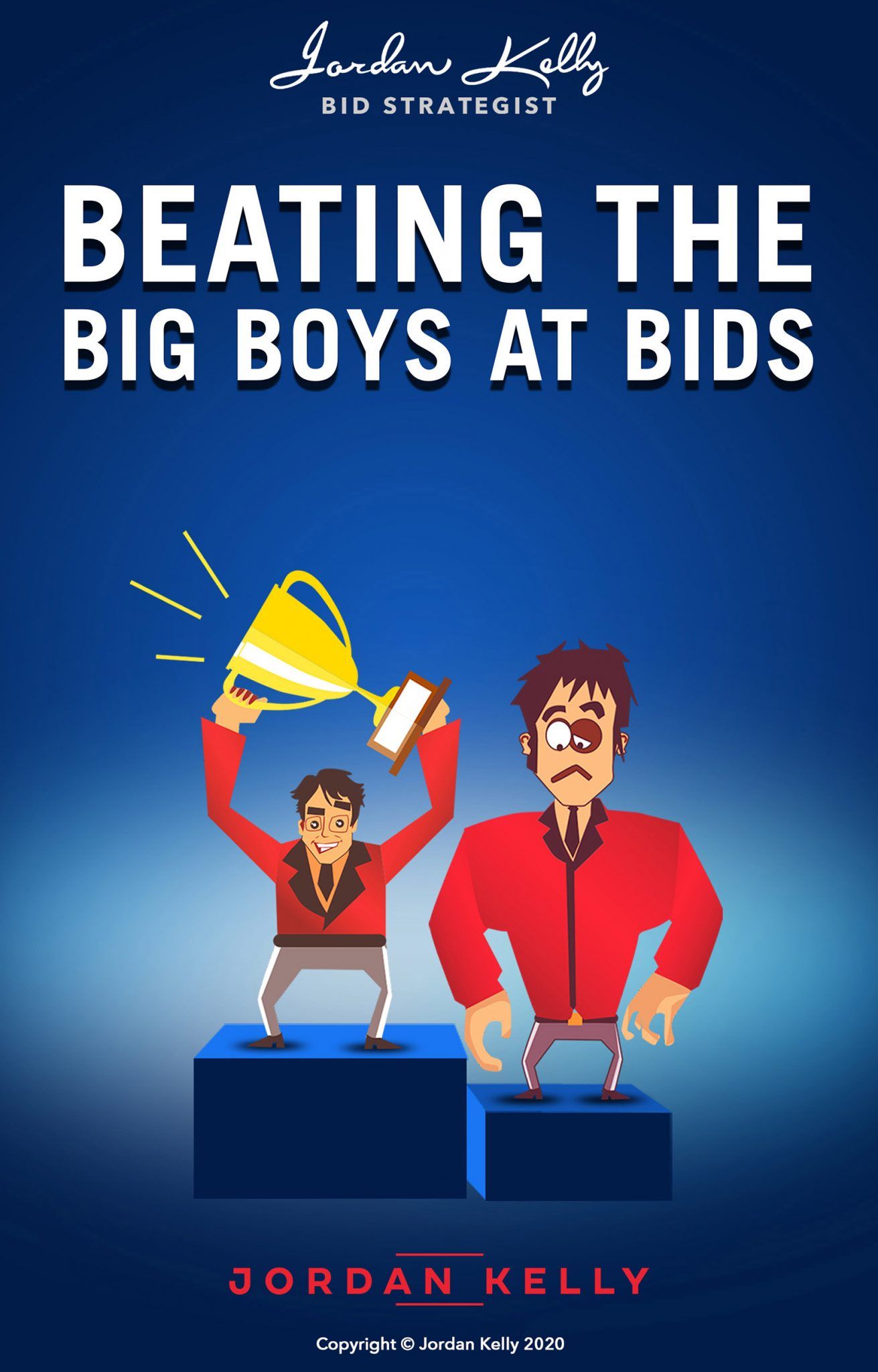CATEGORIES:

Prominent social commentator of the Victorian era, John Ruskin, famously observed:
"There is hardly anything in the world that some man cannot make a little worse and sell a little cheaper, and the people who consider price only are this man’s lawful prey."
Ruskin’s words are nowhere more applicable than in the world of high-value tenders. With rarely an exception, those organisations that issue market calls with the sole or primary objective of sparking price competition (and getting a cut-throat deal), inevitably pay the price in some other form.
That’s not news. But it doesn’t apply to
all potential customer organisations . . . and the ones to which it doesn’t apply are, obviously, the ones smart transport operators want to be targeting.
The trick is to give those organisations a solid reason – other than cost – to choose
you.
Differentiating in A Highly Commoditised Space
You know what’s coming, right? You guessed it: The predictable admonition to differentiate your company and your offering on something other than price.
That’s all well and good, but let’s take, for example, my readers from the transport sector (and other highly commoditised industries): When the competition offers exactly what you do and you’ve done everything you can – exactly how
do you differentiate?
The answer: You think from the
client’s head.
The point of self-focus from which the vast majority of bidders come when responding to an Expression of Interest (EOI), Request for Tender (RFT) or Proposal (RFP) renders it hard to see what’s most meaningful to the client. Sure, what the client wants is articulated in the selection criteria . . . but, in some industries particularly, these criteria can be pretty bald and (often, if the client documentation is template-based) not nearly as contract-specific as they could be.
So . . . you have to
dig deeper. Way below surface level.
A Courageous Pursuit
Recently I conducted a series of bid strategy sessions for a rapidly growing mid-tier organisation in a somewhat courageous pursuit for a certain type of contract with a very large mining consortium.
After leading the senior management and the appointed bid team through a comprehensive and in-depth analysis of the competitive landscape, the surprised and humbled team made the collective observation that,
“We’re not anything special after all. We don’t do anything more or anything different than anyone else.”
I assured them they did. They had done something very different indeed by conducting a series of detailed, in-depth analyses of their prospective client’s world, of its priorities, and of their own capabilities in the context of their new-found knowledge.
There’s A Tangible Value to A Client-Focused Bid
That made them
immeasurably different. Unlike their competition which would undoubtedly present the same old template-style, supplier-centric dross as everyone else, they would – through a now-deep understanding of their client – produce a bid that clearly demonstrated a superior knowledge of that organisation’s operating environment and challenges.
Critically, my client would demonstrate that it had formulated its service proposal in direct (and comforting) accordance with these.
A response of that quality offers a distinct and very real value to the procuring organisation . . . a value in terms of
risk minimisation, frustration avoidance, value maximisation, and general
peace of mind. And all of these, in turn, ultimately have a
monetary
value – especially in a long-term service provision contract.
THINK AND WIN BIDS
Winning High-Stakes, High-Value Bids through Superior Questioning, Listening & Thinking Skills
(Book)
A deep understanding of the prospective client and its world is the foundation on which a competent bidder builds differentiation into its bid strategies.
Key to that is the ability to gather and process critical intelligence.
BEATING THE BIG BOYS AT BIDS

(Training Program)
There are so many points of meaningful differentiation available to smaller enterprises when going up against those in the upper tiers of their industries, that I decided to develop an entire course to help those SMEs identify and capitalise on these.



